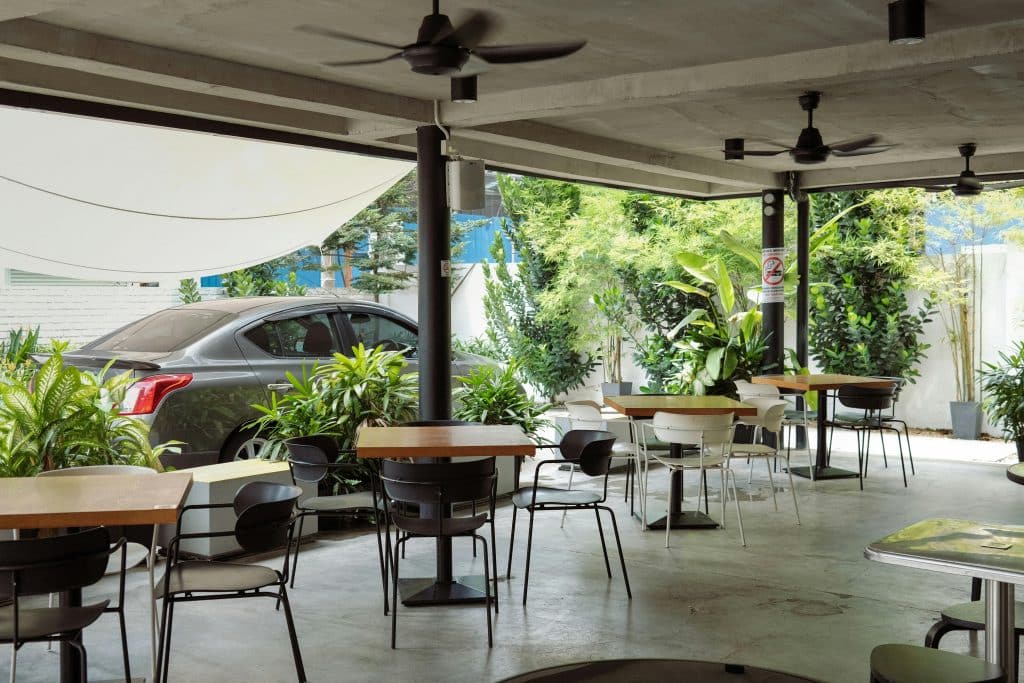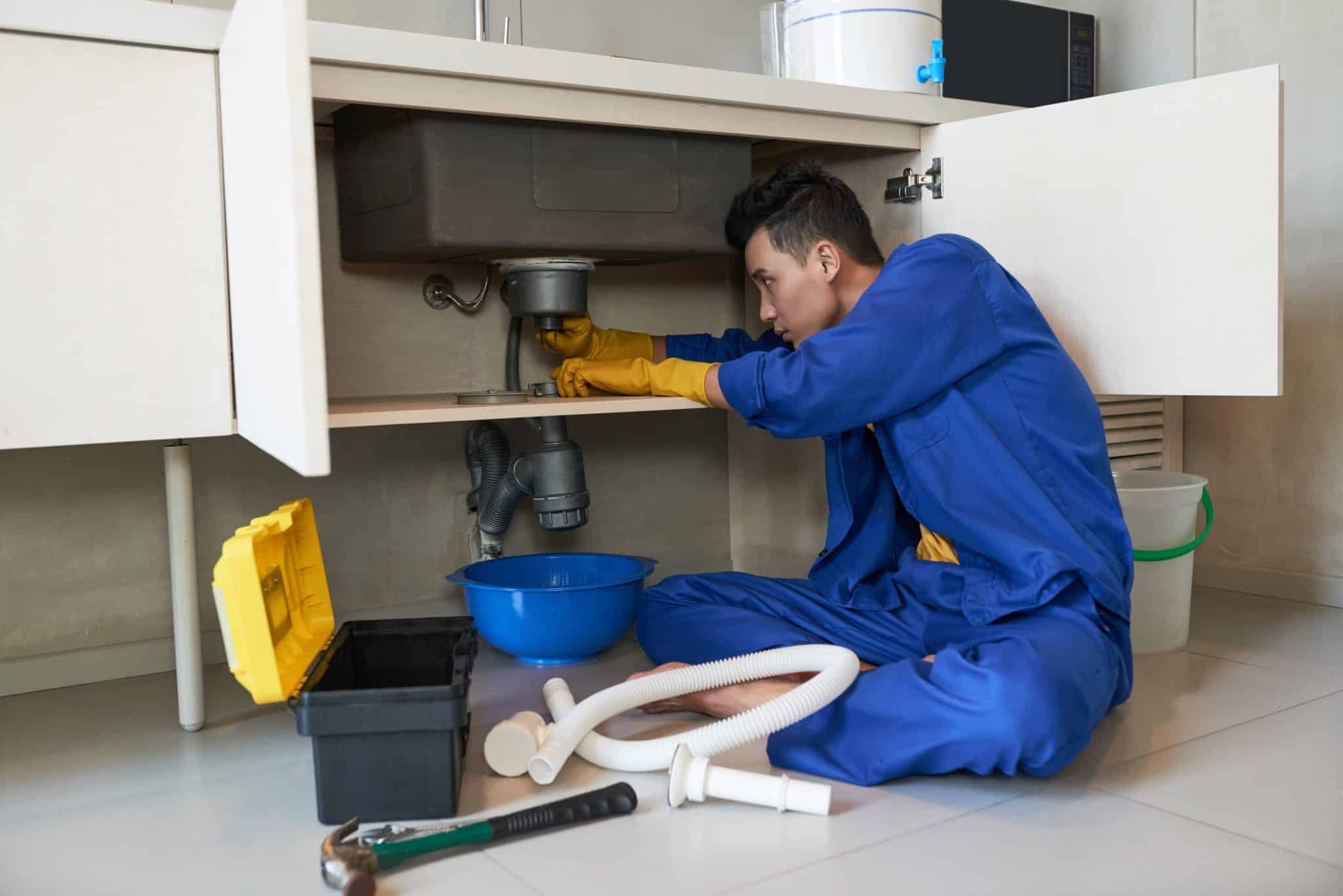Installing a shade sail is one of the most effective ways to create cool, comfortable outdoor spaces while maintaining an open, airy feel. Whether for a home, café, or commercial area, success depends on more than simply stretching fabric between a few posts. Proper placement and orientation determine how well a shade sail performs against the sun, wind, and rain. The following guide explores the essential factors that influence the effectiveness, durability, and aesthetics of a shade sail Coffs Harbour.

Why Placement and Orientation Matter
The positioning of a shade sail affects its ability to block UV radiation, manage heat, and withstand environmental pressures. A poorly placed sail may trap heat, cause excessive glare, or fail prematurely at stress points. A well-oriented sail, by contrast, provides targeted shade, promotes airflow, and adds visual appeal to outdoor spaces. The right design decisions ensure a balance between function and form, turning an ordinary patio, pool area, or car space into a more inviting and protective zone.
Sun Path and Seasonal Light Control
Understanding how the sun moves across your space throughout the day and year is crucial. The morning sun rises low from the east, while afternoon rays strike harder from the west. During summer, the sun travels high overhead, creating short shadows; in winter, it sits lower, casting longer shadows from the north.
When designing your shade sail layout, consider these principles:
- Block harsh western sun by lowering the sail’s western edge or using a denser fabric on that side.
- Allow winter light by keeping the northern side more open to let in warmth when the sun sits lower.
- Overlap multiple sails to increase coverage while maintaining flexibility and airflow.
Creating a quick sun-path sketch of your area before installation can help visualize shadow movement and maximize coverage throughout the year.
Wind, Weather, and Structural Considerations
Wind is one of the most significant forces acting on a shade sail. A flat, poorly tensioned membrane can act like a kite, flapping or pulling against its anchors until it tears. To prevent this:
- Use a twisted or “hypar” shape, with alternating high and low corners, to stiffen the membrane and channel wind upward.
- Avoid oversizing the sail span — long, unsupported edges increase strain during gusts.
- Choose durable materials such as marine-grade stainless steel fittings and corrosion-resistant posts.
The soil beneath the posts also affects stability. Sandy or loose soil may require deeper concrete footings, while clay or compacted soil allows shallower ones. Each post should be engineered to handle the expected tension and wind load.
Anchoring and Tensioning
Secure anchoring points are fundamental to long-term performance. Shade sails are typically attached to steel posts set in concrete or to structural points on a building. Avoid fastening to lightweight structures such as pergola rafters unless they have been specifically engineered for load-bearing.
Each corner should have an adjustable tensioning device, such as a turnbuckle. Regular tension keeps the sail taut, preventing flapping, stretching, or water pooling. A properly tensioned sail not only looks sleek but also sheds wind and rain more effectively.
Drainage and Rain Management
Even breathable fabrics allow some rain to pass through, but pooling water remains a common cause of premature fabric failure. To encourage runoff:
- Angle the sail with at least one low corner to create a natural drainage path.
- Maintain sufficient tension to prevent sagging in the center.
- Position the low corner so that water drains safely away from doors, seating areas, and property boundaries.
This simple step prevents sagging, mildew buildup, and unnecessary maintenance.
Design and Aesthetic Balance
Beyond functionality, shade sails add sculptural beauty to an outdoor space. Triangular sails offer flexibility and visual movement, while square or rectangular designs maximize coverage. Multiple overlapping sails can create dynamic patterns of light and shade. When choosing fabric color, consider both aesthetics and heat reflection — lighter shades tend to stay cooler, while darker hues block more glare.
Maintenance and Longevity
To ensure long-term performance, regular inspection is key. Check periodically for loose fittings, worn stitching, or fabric fraying. Clean the sail gently with a soft brush, mild detergent, and water to remove dust, pollen, and salt buildup. Avoid pressure washers or harsh chemicals, as they can degrade UV coatings. Re-tension the sail annually or after intense storms to maintain shape and strength.
Bringing It All Together
A well-planned shade sail installation depends on understanding the interplay between sunlight, wind, and structure. Every decision, from anchor position and sail shape to tension and fabric choice, contributes to both the comfort and longevity of the setup. Investing time in thoughtful placement and orientation will pay off with cooler spaces, reduced UV exposure, and years of reliable service.
When installed with care and precision, a shade sail Coffs Harbour exemplifies how practical design and environmental awareness can come together to create spaces that are not only functional but beautifully integrated with the outdoors.


